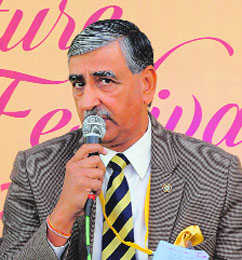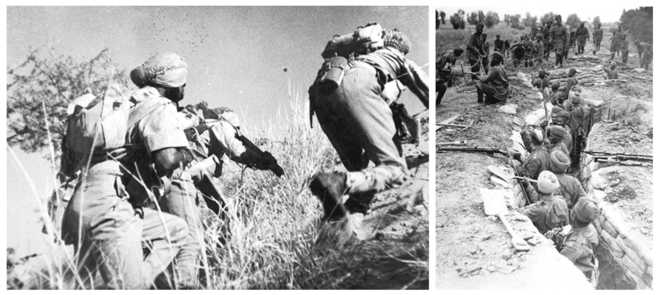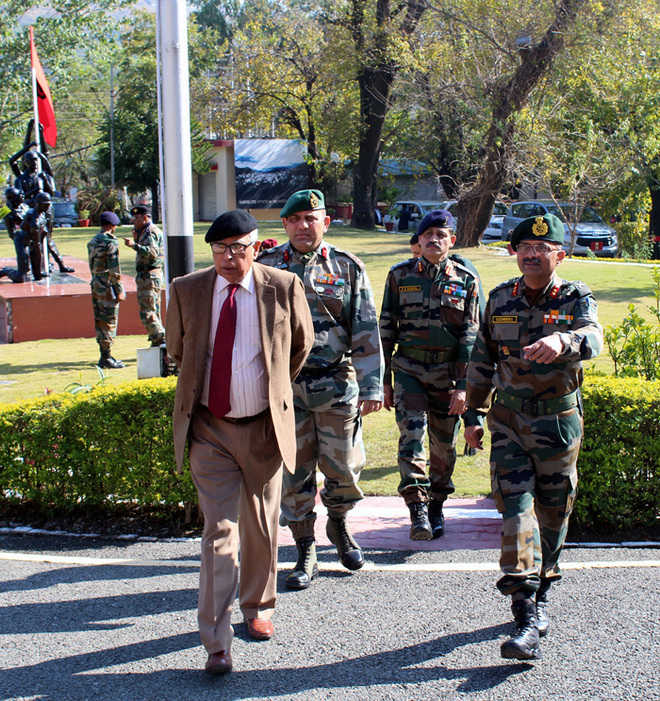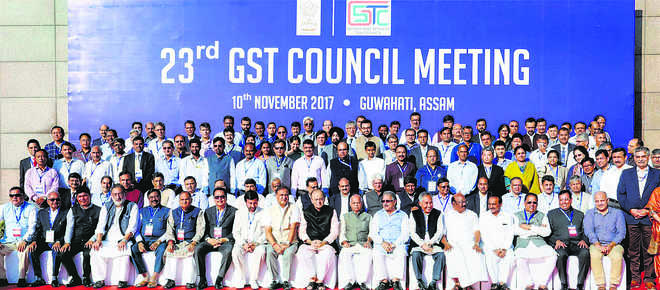
Not on: The conspiracy theory against senior Opposition leaders is a new low.
S Nihal Singh
THE roles of a Prime Minister and the rabble-rouser in state assembly elections do not mix. Although Mr Narendra Modi had given us a foretaste of it by discarding convention and practice that the person holding the highest political office in the land does not do politicking at the state level, Mr Modi was single-minded in his devotion to collect votes with crowd-pleasing themes and scorn for the Opposition.Mr Modi’s extravagances were bound to descend to the depth of low politics, and an address of his at a Gujarat election rally was so shocking that it demeaned the office of Prime Minister and shook the country to its foundation.Mr Modi insinuated that his predecessor and a number of other notables, including the former Vice-President and Army Chief, had a private dinner with Pakistani officials in Delhi to help plot Pakistan’s efforts to defeat the BJP in the Gujarat election.The charge was so ridiculous that Mr Modi should have been red-faced and although Dr Manmohan Singh was sharp in his response, many Opposition parties condemned this election rhetoric as a new low. Government spokesmen’s efforts to answer the near universal condemnation were feeble and unconvincing. Is there a method to stooping so low to conquer? It would seem so. Basically, the Sangh Parivar wants to outflank the middle class and concentrate on the masses, usually swayed by emotion and religiosity. The government’s ultimate aim is to build a Hindu rashtra to transform the country into a majoritarian state and it is imperative for the BJP to win votes, from Parliament and state assemblies to panchayats, to be able to alter the Constitution. The BJP’s eyes are fixed on the 2019 general election and all efforts are concentrated on how to undercut Opposition-ruled states either through subversion or by forming coalitions of convenience. Present efforts are concentrated on West Bengal, Karnataka and Kerala although Odisha is claiming some attention. What is the Opposition doing in the face of the BJP’s assault to alter the country’s moorings from secularism to majoritarian rule? Changes are already being made at the fringes to signify the primacy of Hinduism. After all, the Parivar’s attempt is to marry nationalism with Hinduism much like Israel runs the Jewish state by excluding non-Jews from citizen rights. As usual, the Opposition is divided. The Congress remains the only party with countrywide support, greatly diminished as it is. With Mr Rahul Gandhi taking over the party from his mother, his task is to form a priority-related programme with an energetic set of workers. Whatever the result of the Gujarat and Himachal Pradesh elections, Mr Gandhi has been learning on the job with quick repartees and giving selfies to members of the public. It would be too optimistic to believe that the Opposition parties will come together like a happy family. The splintering of parties in Indian politics is often determined by leaders seeking greater honours. Second, the tendency of opposition members to gravitate towards the ruling party for the loaves and fishes of office is common.For ideological parties of the Left, the end of the heyday of Communism has presented problems, like in the rest of the developing world. There was for a time the Russian and Chinese models to choose from, with Russia after the demise of the Soviet Union living through the chaotic era of nationalism, with Yeltsin passing the baton to Mr Vladimir Putin who retained the one-party Communist structure while marrying it to Orthodox Christianity.The Chinese have climbed on the bandwagon of economic capitalism while maintaining tight state control of key economic sectors. Their goal has been to take over advanced technological innovations by buying them or copying them or simply stealing them. They have been singularly successful in their endeavours and are now the largest exporters of solar equipment, to give one example. But the Chinese have married their Communism to ultra-nationalism.The short point is that Indian Communists, like their brethren in the rest of the developing world, have to fend for themselves. The CPM might still fly the flag of Marx and Engels but no one, including its followers, take these symbols seriously notwithstanding their rhetoric. The sooner the Left parties behaved like other organisations the better.It is up to Mr Gandhi to get all Opposition parties together to work out a basis of fighting the general election instead of waiting till the last minute for seat adjustment. Pulls and pressures for the number of seats is par for the course but the Congress leadership must persuade others of the benefits of a rational approach.The first-past-the-post system of parliamentary democracy would seem to favour the populist and rabble-rouser, but any system can be subverted, given determination and money. The BJP and the larger Parivar have both these assets in ample measure.Obviously, the country wanted a change when the BJP won the last general election under its own steam. In Mr Modi the RSS saw a leader with wile and determination to change the country’s direction and plumbed for him, instead of relying on senior leaders like Mr LK Advani who are past their prime. Thus far, Mr Modi has served the cause dear to them well to the extent of partially ruining the rural economy in Uttar Pradesh in particular. And the Prime Minister had to eat his words when reprimanded by the RSS on the number of cow vigilantes operating in the country.Mr Modi’s election rhetoric will make his task of wooing the middle class that much more difficult. Many of the extravagances of poll rhetoric are taken as fair game. But the charge that a man of the stature of Dr Manmohan Singh is plotting against his country in league with Pakistan is preposterous and must be addressed by the Prime Minister after the results are out.It is a sad moment for Indian democracy that we should be discussing such insulting language of abuse and charges just to win votes.









 ANIL DAYAL/HT
ANIL DAYAL/HT
































































